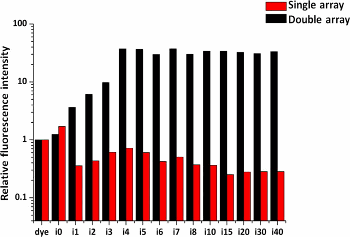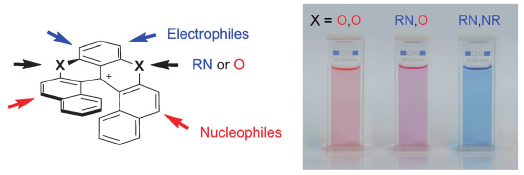-
Twisted and tubular silica structures by anionic surfactant fibers encapsulation
M. Chekini, L. Guénée, V. Marchionni, M. Sharma and T. Bürgi
Journal of Colloid and Interface Science, 477 (2016), p166-175


DOI:10.1016/j.jcis.2016.05.049 | unige:84470 | Abstract | Article HTML | Article PDF

Organic molecules imprinting can be used for introducing specific properties and functionalities such as chirality to mesoporous materials. Particularly organic self-assemblies can work as a scaffold for templating inorganic materials such as silica. During recent years chiral imprinting of anionic surfactant for fabrication of twisted rod-like silica structures assisted by co-structuring directing agent were thoroughly investigated. The organic self-assemblies of anionic surfactants can also be used for introducing other shapes in rod-like silica structures. Here we report the formation of amphiphilic N-miristoyl-L-alanine self-assemblies in aqueous solution upon stirring and at presence of L-arginine. These anionic surfactant self-assemblies form fibers that grow by increasing the stirring duration. The fibers were studied using transmission electron microscopy, infra-red spectroscopy and vibrational circular dichroism. Addition of silica precursor 1,2-bis(triethoxysilyl)ethylene and co-structuring directing agent N-trimethoxysilylpropyl-N,N,N-trimethylammonium chloride at different stages of fibers’ growth leads to formation of different silica structures. By controlling stirring duration, we obtained twisted tubular silica structures as a result of fibers encapsulation. We decorated these structures with gold nanoparticles by different methods and measured their optical activity.


